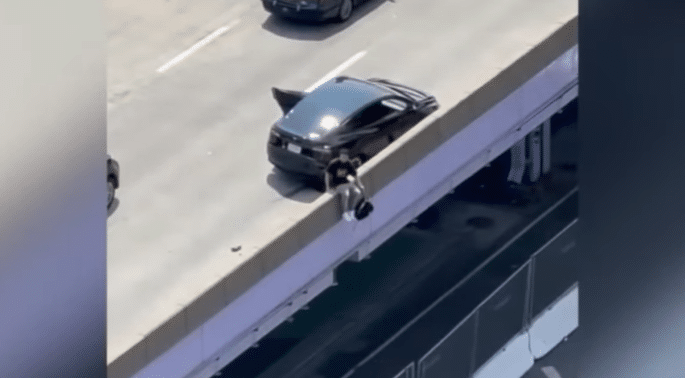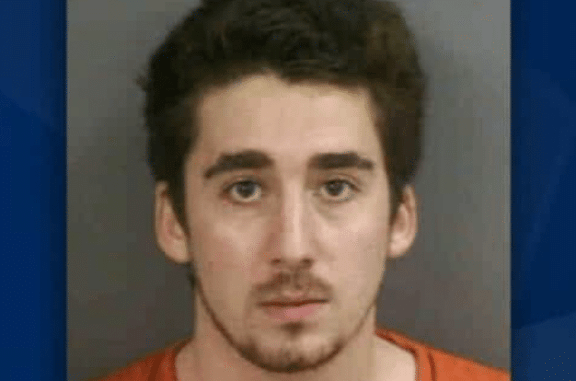The Question:
Imagine you are walking down the street late at night when suddenly a criminal violently attacks you with a knife. Fearing for your life you draw your weapon and fire 3 quick shots, stopping the threat and saving your life. Once the threat is neutralized, however, you realize one of your shots missed your intended target and struck an innocent bystander in the leg, causing him severe harm. Assuming you are otherwise justified in defending yourself, can the innocent bystander sue you? Will you lose that lawsuit?
The Answer:
No. The lawsuit against you will be dismissed and will need to be brought against the attacker with the knife. You are free from liability under the doctrine of transferred intent.
The Background:
I have spent the last ten years teaching and training concealed permit instructors in nearly 30 different states. Our company has certified roughly 150,000 people to obtain concealed permits at this point. During the past decade I have had the privilege to sit through hundreds of very well taught courses, and a few very poorly taught courses. There are, however, some unsubstantiated (untrue) myths that seem to be virtually ubiquitous among concealed carry courses. Today I hope to dispel one such myth.
A course I recently sat through prompted me to write this article. While teaching the self-defense section of the course the instructor said:
“Understand that if you pull the trigger on your gun you are liable for every bullet. If one round passes through or misses and hits an innocent bystander, or 5, you can, and will be sued. You will be paying those bystanders for the rest of your life.”
Please don’t misinterpret my intent in this article. Obviously the four basic gun safety rules should always apply and you should always know your target and what is beyond. This instructor, however, was incorrect in stating the shooter will be held civilly liable if he strikes an innocent bystander during an otherwise justified shoot, and it is important to understand why.
The simple reason is that the shooter (self-defense actor) was not the proximate cause of the harm to the innocent bystander. Although that may seem counter intuitive to say (given he was the one who actually fired the gun), it was in fact the attacker with the knife who caused the bystander harm.
In the legal world this is called the doctrine of transferred intent. It has been recited in numerous cases (see State v. Green, 157 W. Va. 1031, 1034, 206 S.E.2d 923, 926 (1974)) and is summarized by American Jurisprudence, Second Edition, as follows:
If the circumstances are such that they would excuse the killing of an assailant in self-defense, the emergency will be held to excuse the [victim] from culpability, if in attempting to defend himself he unintentionally kills or injures a third person… Although the assailant may have had no intention to harm the third person in the course of his or her defense, in order to escape culpability, the assailant must have been free from negligence and must have acted prudently and with due care.
40 Am. Jur. 2d Homicide § 143
Perhaps even more clear is the Restatement (Second) of Torts (think Bible of civil lawsuits), which provides the following example:
A points a pistol at B, threatening to shoot him. B attempts to shoot A, but his bullet goes astray and strikes C, an innocent bystander. B is not liable to C unless, taking into account the exigency in which A’s act placed B, B fired his self-defensive shot in a manner unnecessarily dangerous to C.
Restatement (Second) of Torts § 75 (1965)
It is obviously not our intent to encourage recklessness, or anything less than the utmost possible care when acting in self-defense. However, it is important to understand the legal principles that guide self-defense cases and dispel some of the commonly perpetuated myths. No one wants to hit an innocent bystander when acting in self-defense, but it happens.
At Legal Heat our goal is to train our students for any danger they may encounter, both in the real world and the courtroom. Properly understanding how theories of civil liability work is one part of that training.
___________________
Phil Nelsen is a nationally recognized firearms law attorney, expert witness, college professor, author and co-founder of Legal Heat, the nation’s largest firearms training firm.
Legal Heat offers CCW classes nationwide, and also publishes the industry leading Legal Heat 50 State Guide to Firearm Laws and Regulations which can downloaded on iTunes, Google Play and Kindle App stores. You can purchase the paperback version of the Legal Heat 50 State Guide or sign up for a class at https://mylegalheat.com












![[VIDEO] Scientist Shoots Gun At Himself Underwater… Because Science?](https://imagedelivery.net/sbm_lYeJbALkepJgtmRD5w/concealednation.org/2016/01/ScreenHunter_97-Jan.-29-01.12.jpg/w=728,h=381)

